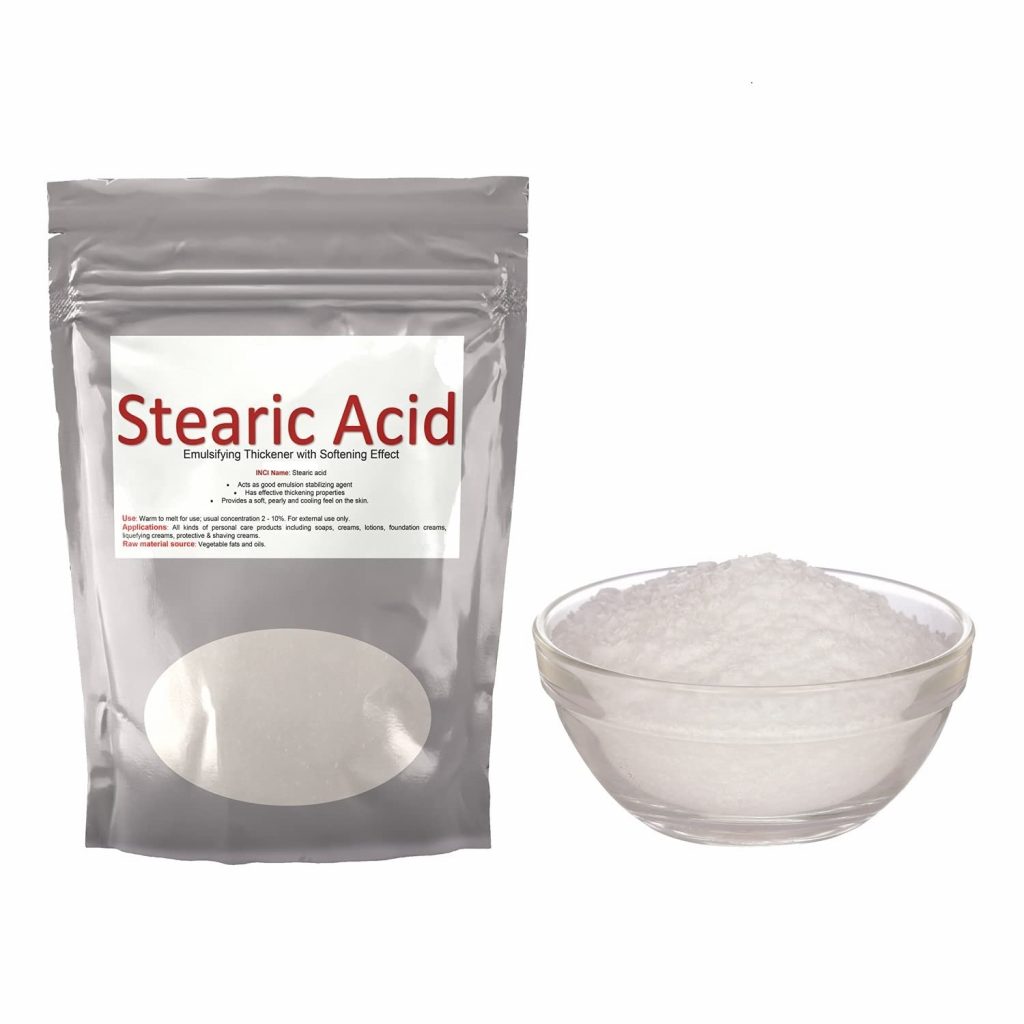Stearic acid has several applications in the production of rubber, such as lubrication and internal adhesion. Without Octadecanoic acid, the rubber vulcanization process would be completely different.
Rubber grade can be used as an activator, dispersant, softener and lubricant in the process of rubber compounds. It was also used as an external lubricant and viscosity reducer in the PVC process.
Solvents and accelerators do different things chemically. It also appears as an activator in triggering accelerator reactions. Understanding these differences helps us understand why both components are critical to success in specific processes.
Accelerators are chemicals that are added to the process to speed up the reactio., so accelerators are critical in industrial applications because they waste time and money waiting for slow reactions. The variety of accelerators used depends on the reaction that requires acceleration. Sometimes several accelerators are used for best results.
is a saturated long-chain fatty acid with an 18-carbon backbone. it is found in various animal and plant fats and is a major component of cocoa butter and shea butter. Stearic acid is a white solid with a mild odor.
The separation stage in the production of stearic acid removes impurities, and in the blending process, the percentage of stearic and palmitic acid is determined according to the conditions and type of oil. fat is done, the iodine number of Octadecanoic acid is determined, as a result, the purity of Octadecanoic acid acid is determined. A high iodine number indicates a high amount of unsaturated fatty acid. The lower the iodine number, the better the quality of stearic acid and thus purer.

